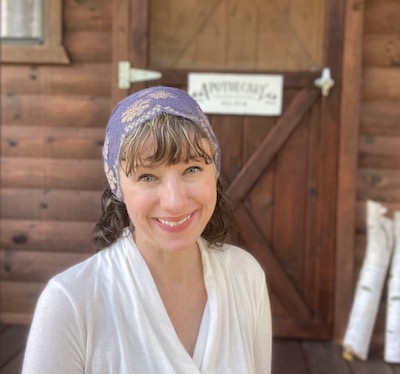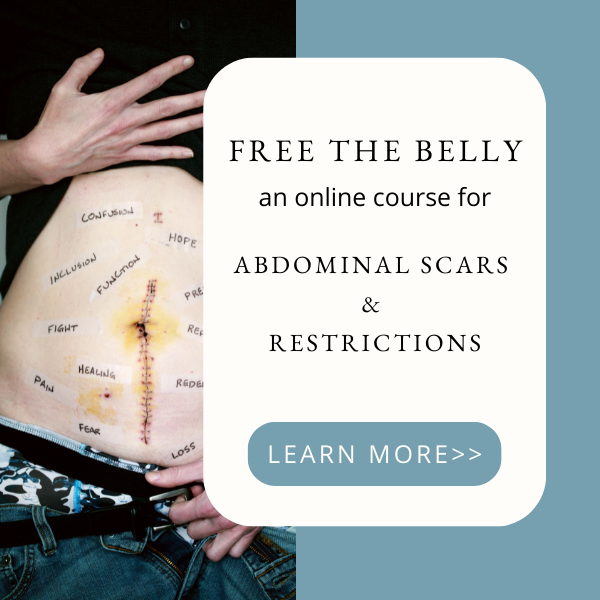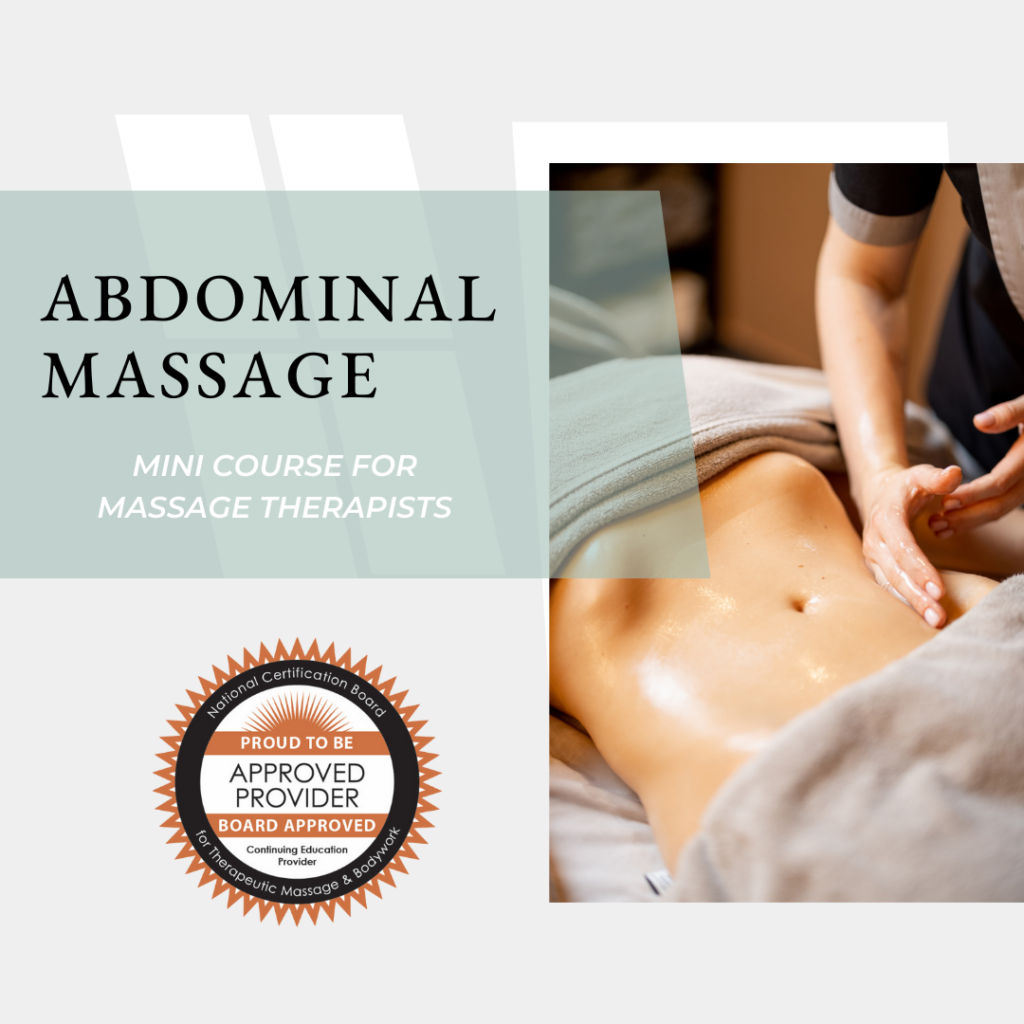In this video, I troubleshoot the double calf stretch. I know this Restorative Exercise seems super simple, but I find most people who learn it from reading a blog post are doing it in a less than optimal way. I’ve noticed some folks aren’t moving their pelvis at all! They’re so used to flexing from the spine and they lack the posterior leg length that should allow them to rotate forward from the pelvis.
Below is a review of the Double Calf Stretch, which by the way also targets the hamstrings. By doing this exercise, you get a more accurate assessment of the actual length of your posterior leg muscles. Doing this exercise throughout the day coupled with changing how you move, stand, and sit will gradually nudge your tissues into an ideal functional length. What I mean by changing your movement habits is to stop telling your hamstrings and calves to shorten all day long. Ways you shorten your calves and hamstrings are by wearing positive heeled shoes (even an inch running shoe will shorten your calves), sitting the bulk of the day, standing or sitting with a posteriorly tilted pelvis, and chronic knee flexion.
The double calf stretch/hamstring stretch:
Do this first without the dome or do it with a rolled-up towel if you have been wearing shoes with positive heels most of your life.
- feet ASIS width apart
- balls of your feet on top of the dome or rolled-up towel if you are using the props
- heels remain on the floor
- knees fully extended, but not locked
- Hinge forward at the hips while allowing the butt to move behind the ankles. The butt behind the ankles will keep you from falling forward or from gripping your low back.
- Don’t flex the spine, the forward motion is coming from the hip hinge.
- Keep the back of the neck long.
- Relax the pelvic floor and allow the tailbone to float up toward the ceiling.
- Hang out in this stretch for at least a minute several times a day.
- listen to your body, don’t force.








Hamstrings have been the bane of my existence. I can bend maybe 45 degrees. Then again I am trapped in a man’s body. Holding the pelvis is a good tip. I think of it as maintaining that natural inward curve in the lower back in all poses (including squats).
Thanks for the videos and the great explanations. All of the tips are incredibly helpful!
Hi Barbara, I have been watching your videos for a year now. I love all the different way you show a forward fold and move your pelvic area. The wall demo really helped me. Natalie
Thank you Natalie! I really appreciate you taking the time to let me know.